European Council President Donald Tusk said that the reports from chief Brexit negotiator Michel Barnier “give me no grounds for optimism before tomorrow’s European Council on Brexit.” And he said, on Wednesday, he’s “going to ask Prime Minister May whether she has concrete proposals on how to break the impasse. Only such proposals can determine if a breakthrough is possible.” Tusk also added that the unscheduled Brexit summit in November only makes sense if there negotiation is really close to a breakthrough.
Separately, it’s reported that German Chancellor Angela Merkel described the effort on Brexit negotiation as “squaring the circle”. And she emphasized that the EU is aiming to avoid a “hard” Irish border. And, it’s clear the the border between Ireland and Northern Ireland would not disappear completely.
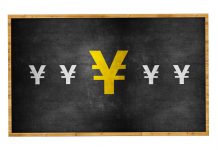


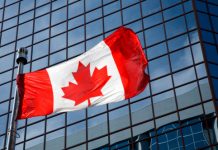
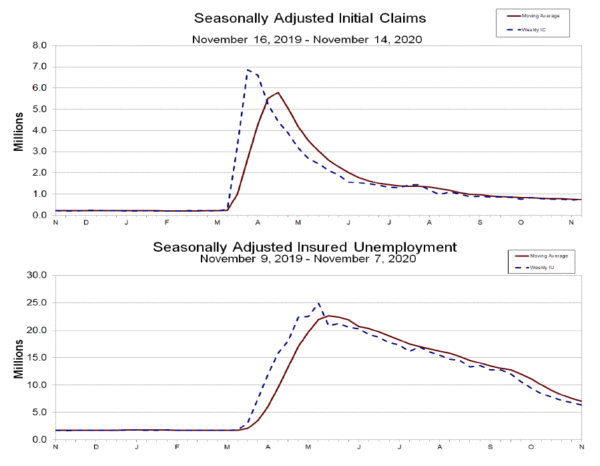

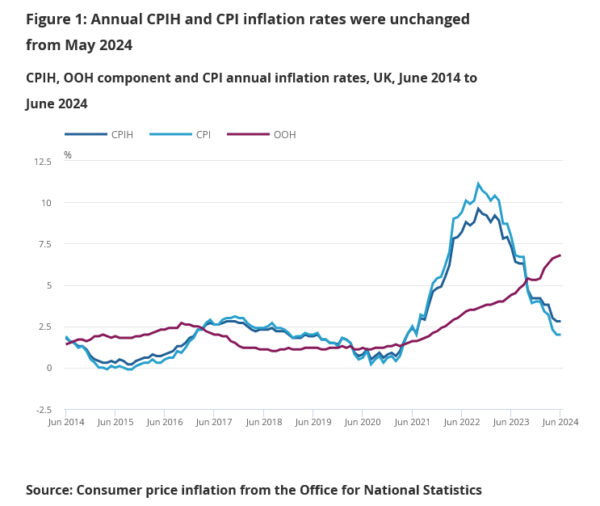
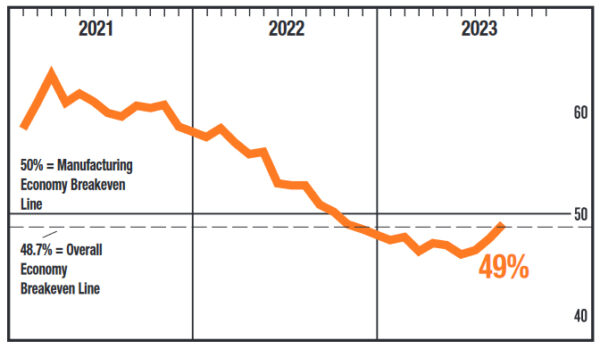
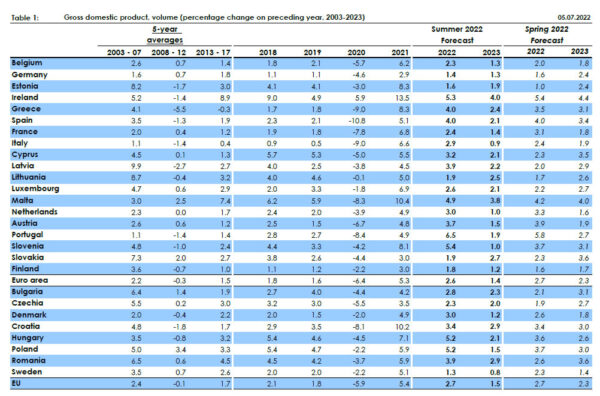
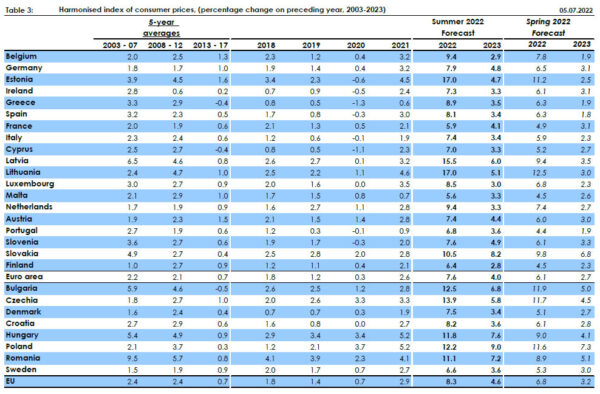
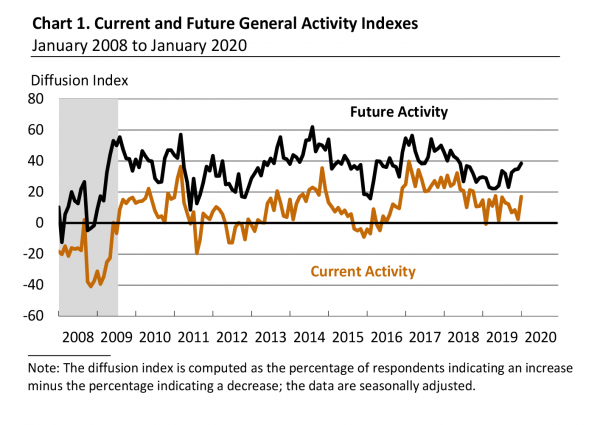
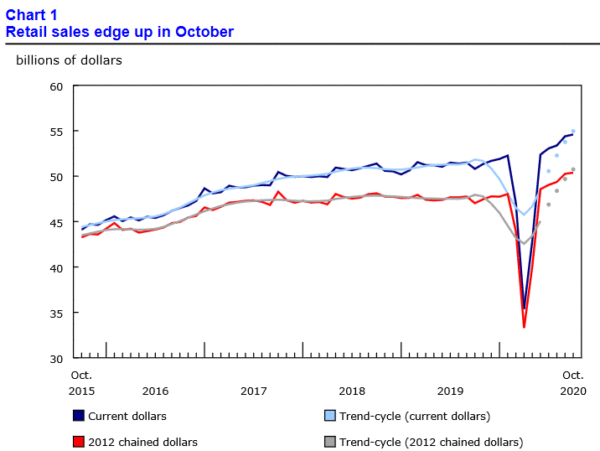

Cooper-Letwin bill to avert no-deal Brexit passed
The UK House of Lords finally passed the cross-party bill devised by Labour’s Yvette Cooper and the Conservative Oliver Letwin to block no-deal Brexit, on Monday night. Despite filibustering by some MPs, it’s an historic swift passage which took three sitting days to complete.
Cooper said the bill “helps avoid the worst outcome on Friday”, the April 12 cliff edge. But the prime minister still needs to build consensus around a workable way forward.” Under the new Act, Prime Minister Theresa May is requested to table her Brexit delay plan in form of an amendable motion. The plan to extend Article 50 till June 30 will now be debated in the House on Tuesday.
Meanwhile, May will head to Berlin and Paris today, meeting German Chancellor Angela Merkel and French President Emmanuel Macron, to secure her short Brexit delay plan. There will also be an emergency EU summit in Brussels on Wednesday
Separately, there is no conclusion of cross-party talks between May and Labour leader Jeremy Corbyn. Labour spokesman just said ministerial and shadow ministerial negotiating teams will meet tomorrow to attempt to secure a Brexit compromise.
EU chief negotiator Michel Barnier warned that the bloc would refuse to open trade talks with the UK after a no-deal Brexit unless the backstop issue was addressed. But he’s happy to offer the UK a customs union.